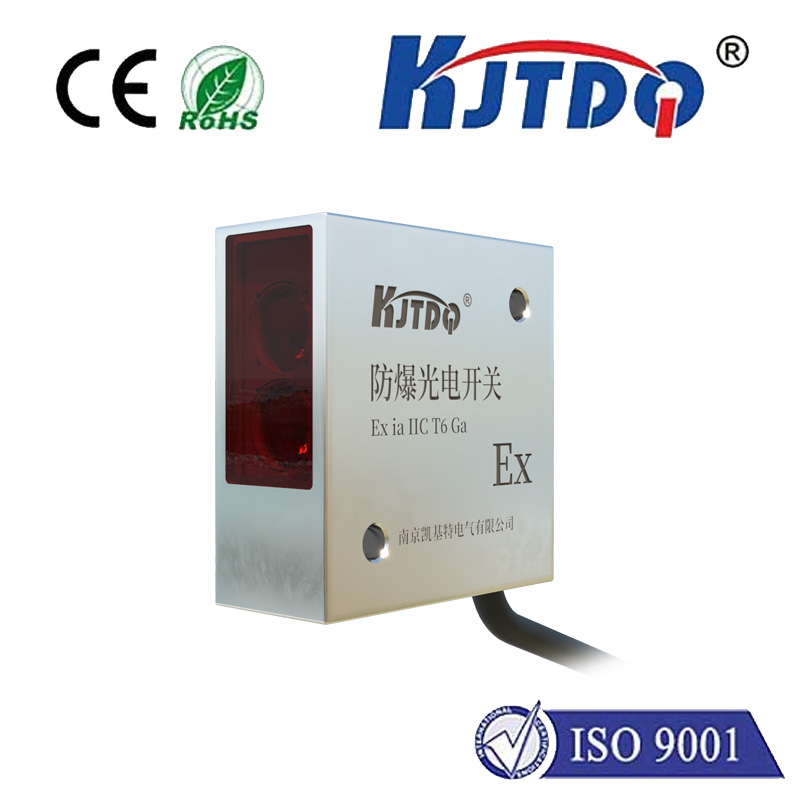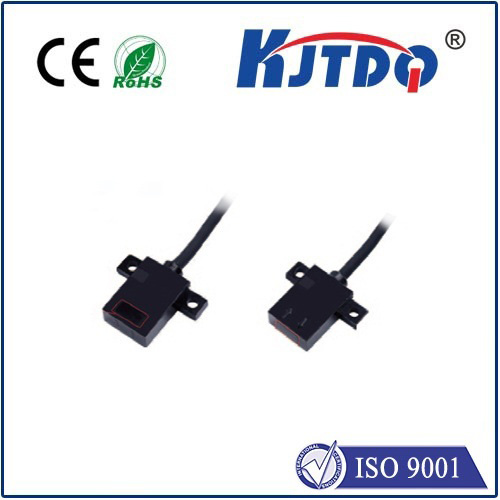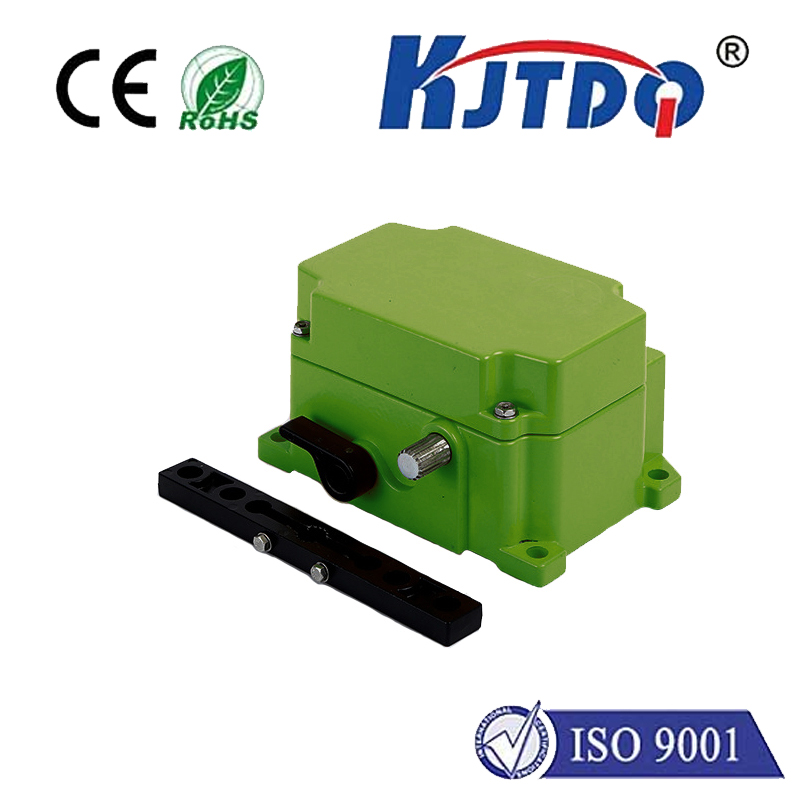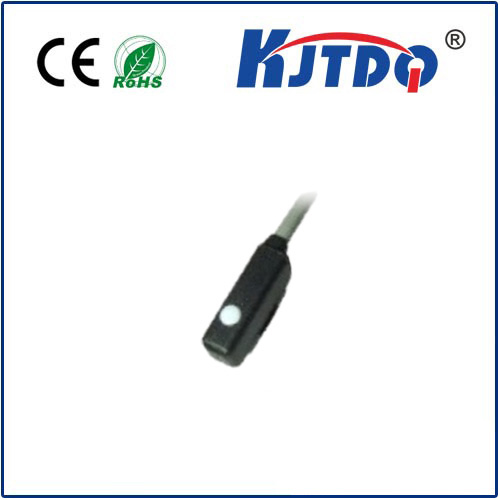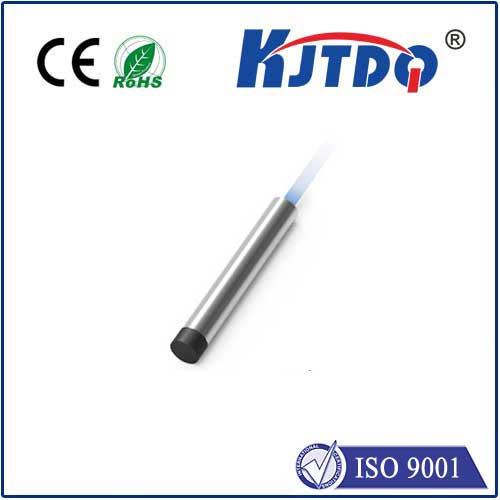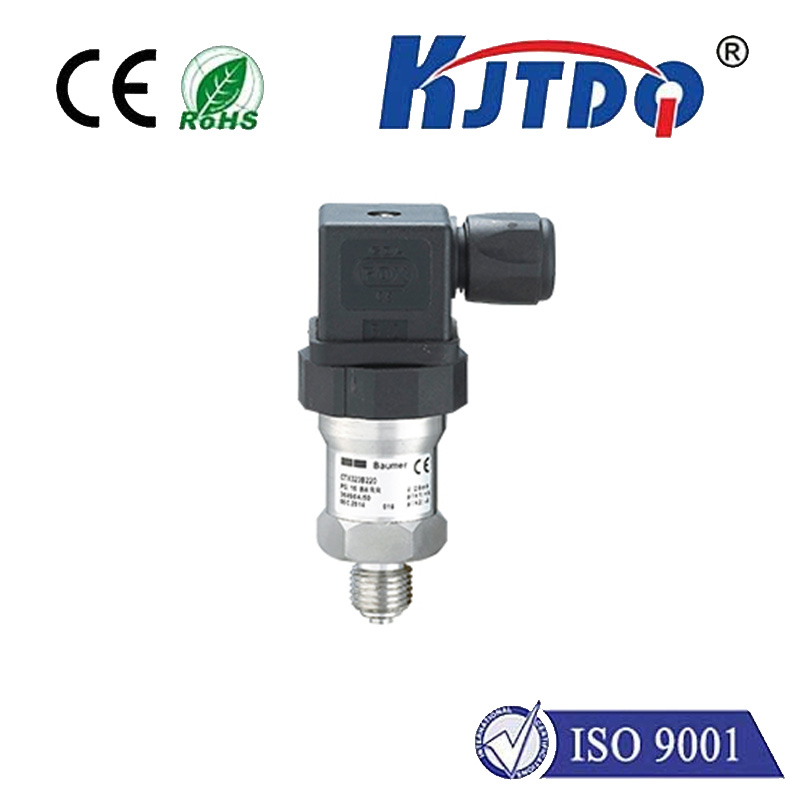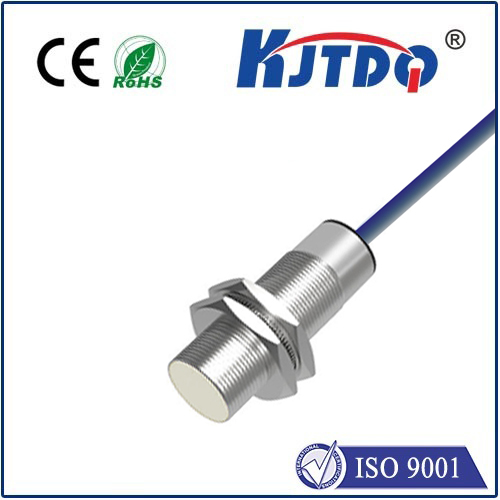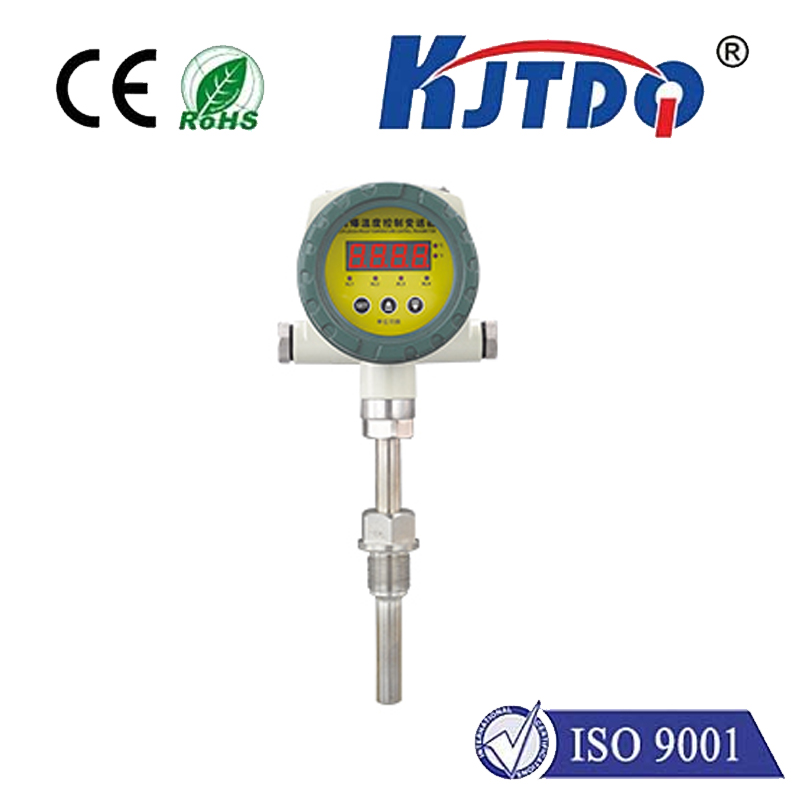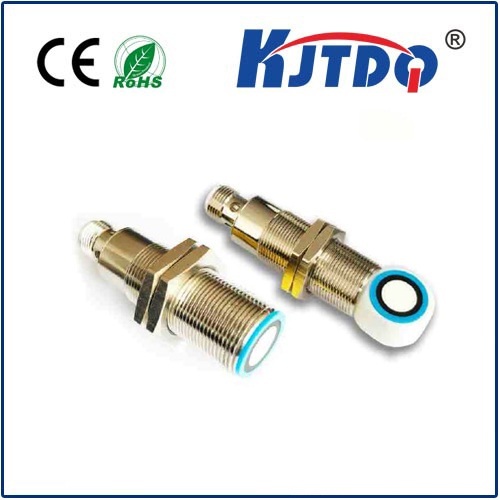proximity pnp sensor
- time:2025-07-16 08:54:00
- Click:0
Proximity PNP Sensors: The Sourcing Powerhouse for Industrial Automation
Imagine a factory floor humming with activity. Robotic arms weld with precision, conveyor belts glide seamlessly, and intricate assemblies come together. Hidden within this orchestrated chaos are countless silent sentinels – proximity sensors. Among them, the Proximity PNP Sensor stands out as a fundamental and reliable workhorse, particularly prized for its unique sourcing output configuration that makes it indispensable in modern industrial control systems.
But what exactly is a proximity PNP sensor? At its core, it’s a non-contact device designed to detect the presence or absence of a metallic target object – typically without any physical touch. It achieves this through electromagnetic field changes. However, the “PNP” designation is the critical differentiator. This refers to the transistor output type inside the sensor:
- PNP (Positive-Negative-Positive): This configuration acts as a “sourcing” sensor. When an object is detected within its sensing range, the sensor’s output line switches to connect to the positive supply voltage (+V). In simpler terms, it sources current out to the load (like a PLC input module, relay coil, or indicator light), effectively providing a “high” signal (usually 24V DC in industrial settings) when active.
This contrasts directly with its counterpart, the NPN sensor, which is a sinking type, connecting the output to the negative supply (0V) when active. Understanding this distinction is paramount for correctly integrating the sensor into an electrical control circuit.
Why Choose a Proximity PNP Sensor? Key Advantages
The prevalence of Proximity PNP sensors in industrial automation isn’t accidental. Their sourcing output offers distinct benefits:
- Compatibility with Sinking PLC Inputs: Many Programmable Logic Controllers (PLCs) are configured with sinking input modules (common on the terminal). A sinking input expects the PLC’s input point to be connected to the positive voltage when active. A PNP proximity sensor, as a sourcing device, provides this positive voltage signal perfectly when triggered, creating a natural, straightforward connection. Think of it like plugging a device directly into a power outlet.
- Simpler Wiring Logic (Often): In setups where the load (like a PLC input) needs a positive voltage applied to activate, using a sourcing PNP sensor can simplify the wiring compared to using an NPN sensor which might require an intermediate relay or different PLC input configuration.
- Widespread Adoption & Standardization: Due to historical preference and compatibility with common PLC types, PNP sensors have become a de facto standard in many regions and industries. Finding replacements or integrating them into existing systems is usually straightforward.
- Clear Signal Indication: The fact that the output goes high (to +V) when an object is detected often aligns intuitively with “active” or “on” states in monitoring systems and diagnostics.
Crucial Applications: Where PNP Sensors Shine
The proximity PNP sensor finds its home in countless applications demanding reliable, non-contact detection:
- Position Verification: Confirming the presence of a part on a conveyor, the end-of-stroke position of a cylinder, or the open/closed status of a door or gate.
- Object Counting: Detecting items passing a point on a production line for inventory tracking or batching control.
- Speed Monitoring: Sensing the teeth of a gear or notches on a rotating shaft to determine rotational speed.
- Machine Safety: Acting as a component within safety circuits, for instance, confirming a guard is in place before machine startup (often as part of a larger safety system).
- Level Detection: Sensing the presence/absence of metal components in bins or hoppers.
Selecting the Right Proximity PNP Sensor
When choosing a Proximity PNP sensor, several factors are critical:
- Sensing Range: The maximum distance at which the sensor can reliably detect the target material. Choosing a sensor with the appropriate range ensures reliable operation without unnecessary susceptibility to interference or mechanical constraints.
- Target Material: While designed primarily for metals, different types (inductive sensors are most common for metals) and specific models have varying sensitivities to different metals (steel, aluminum, brass, etc.). Sensor datasheets specify correction factors for non-ferrous targets.
- Output Type: Ensuring it is explicitly PNP (NO - Normally Open or NC - Normally Closed configuration). NO is most common, meaning the output is “off” without a target and switches on (sources +V) when a target is detected.
- Operating Voltage: Matching the sensor’s supply voltage requirements (e.g., 10-30V DC) to the available system voltage.
- Housing Material & Form Factor: Selecting a housing (often nickel-plated brass, stainless steel, or rugged plastic) and shape (cylindrical, block, etc.) suitable for the environmental conditions (temperature, moisture, chemicals, physical impact) and mounting constraints.
- Connection Type: Options include pre-wired cables, quick-disconnect connectors (like M8 or M12 connectors – common 3-pin or 4-pin), or terminal blocks. Ensure compatibility with your cabling and PLC interfaces. The three-wire configuration (Brown = +V, Blue = 0V, Black = Output Signal) is standard.
Installation and Integration Essentials
Integrating a Proximity PNP sensor requires attention to detail:
- Power Supply: Connect the Brown wire (+V) to the positive DC supply terminal (e.g., +24V). Connect the Blue wire to the negative/ground terminal (0V).
- Load Connection: Connect the sensor’s Black (output) wire to one terminal of your load (e.g., the PLC input point). Connect the other terminal of the load to the negative/ground supply (0V). This is the key difference from NPN wiring. The sensor sources the positive voltage; the load provides the path back to ground.
- Mounting: Securely mount the sensor ensuring the correct orientation (sensing face) towards the target path. Maintain the specified sensing distance and consider potential variations due to target approach direction (axial vs. lateral). Avoid mounting dissimilar metals too closely to prevent interference.
- Testing: Always test the sensor after installation with the target present and absent to verify correct operation and signal output.
By mastering the core principles of the Proximity PNP sensor – its sourcing nature, inherent compatibility with common industrial controllers, and robust application potential – engineers and technicians can effectively leverage this fundamental component to build reliable, efficient, and safe automated systems. Its ability to detect presence without contact, coupled with its straightforward PNP output logic, ensures it remains a cornerstone technology across the manufacturing landscape.












